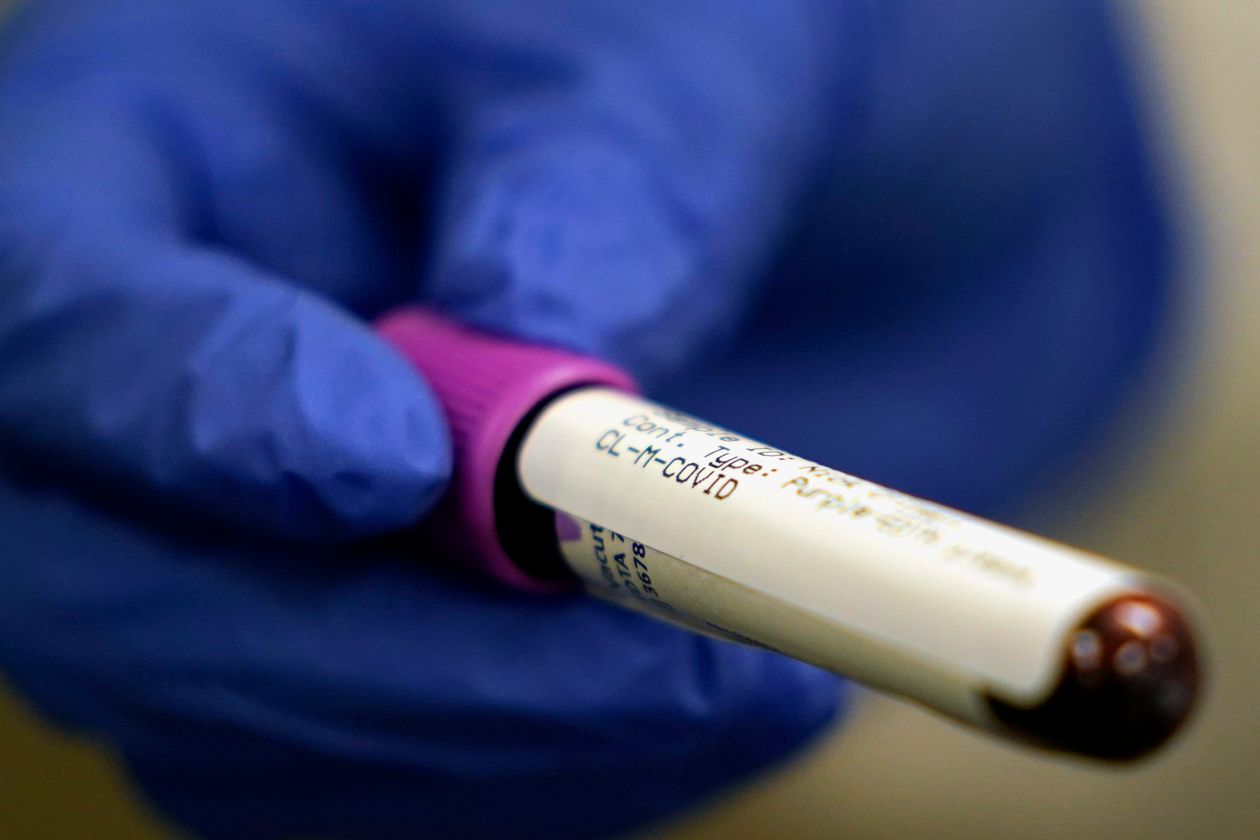By: Allysia Finley – wsj.com – July 6, 2020
Some early assumptions about Covid-19 no longer add up—and that could be good news for the future progress of the virus. There are reasons to think the novel coronavirus began spreading earlier than previously understood, raising the possibility that herd immunity is closer than we think.
Chinese authorities say they first identified a case in Wuhan in November, but Beijing didn’t lock down Hubei province until Jan. 23. For two months direct flights ran from Wuhan to 30 cities outside China, including London, New York, Paris, Rome and San Francisco.
Scientists have found traces of the virus in wastewater samples collected in Italy as early as mid-December and in Brazil beginning in late November. Doctors also recently concluded that a 42-year-old Algerian-born fishmonger in Paris’s suburbs had Covid-19 on Dec. 27, when he tested negative for the flu. It isn’t clear how he contracted the virus—he hadn’t recently traveled—but his children also got sick. His wife, who worked at a supermarket near Charles de Gaulle Airport, never did but might have been a carrier.
The Icahn School of Medicine at Mount Sinai recently performed Covid-19 antibody tests on blood samples taken from New York City patients in February and March. They found 1.4% to 3.2% of emergency-room patients and 0.9% to 1.6% of other patients between the weeks ending Feb. 23 and March 15 tested positive for antibodies. Since antibodies can take a few weeks to develop, that suggests some New Yorkers were already infected by early February or even late January. Yet it’s curious that antibody prevalence showed little change from week to week until late March, after confirmed infections in the region surged.
So why didn’t a Covid-19 outbreak occur outside Wuhan for months without social distancing and lockdowns? New studies suggest mutations might have made it more virulent. A Los Alamos National Laboratory study found that a single-letter mutation in the 614 gene, which appears to have emerged in Europe before March, altered the shape of the spike on the virus, enabling it to attach to cells more easily.
Genetic sequencing of virus samples shows that the G614 strain, which swept through Europe and New York in March, seeded most U.S. infections. The D614 strain, which doesn’t have this mutation, showed up on the West Coast earlier in the winter. The G614 variant overtook the D614 strain in most places even though it arrived later—suggesting it may be more infectious.
In another study, Chinese scientists mixed 11 viral strains collected from Chinese patients between Jan. 22 and Feb. 4 in vitro with human cells. At 24 hours, the “viral load” of a strain that rampaged across Europe in March was 19 times as high as strains with the genetic variants found in the first U.S. cases, on the West Coast, in January and February. Higher viral load in vitro was significantly correlated with faster replication and more cellular damage.
The Chinese study suggests that some Europeans and Americans might have been infected with a milder strain that didn’t cause severe symptoms. That may help explain why flare-ups didn’t occur outside Wuhan earlier in the winter. And the two studies taken together raise the intriguing possibility that more people were exposed and infected than epidemiologists commonly assume. This seems especially probable since scientists are now discovering that many asymptomatic or mild cases don’t develop Covid-19-specific antibodies.
One reason is that some people have underlying T-cell immunity from past coronaviruses that can help them vanquish the novel virus without developing antibodies. Several studies have found that even people who were never infected with Covid-19 nonetheless have “memory” T-cells—the immune system’s fighters—from past coronavirus infections, which attack the new virus. A La Jolla Institute for Immunology team has detected residual T-cells in about half of blood samples collected between 2015 and 2018.
Recent studies have also found that many people with mild or no symptoms who test positive for Covid-19 later don’t show antibodies when tested. Patients with mild symptoms produce a weaker antibody response than those who get more severely ill. Most antibody tests are primed to minimize false positives, but as a result are less sensitive.
These people, however, have been found to have long-lasting, potent T-cells that can ward off future infection. A small study last month from France found that six of eight close family contacts of sick patients didn’t develop antibodies but did develop Covid-19-specific T-cells. A new study from Sweden finds that moderately ill patients developed both Covid-19-specific antibodies and T-cells. But twice as many healthy individuals who donated blood during the pandemic and asymptomatic family members of sick patients generated Covid-19 specific T-cells than did antibodies.
“SARS-CoV-2-specific memory T cells will likely prove critical for long-term immune protection against COVID-19,” the study concludes. “The observation that most individuals with asymptomatic or mild COVID-19 generated highly functional durable memory T cell responses,” not uncommonly in the absence of antibodies, “further suggested that natural exposure or infection could prevent recurrent episodes of severe COVID-19.”
In short, antibody tests may significantly underestimate the number of people who have already been infected with Covid-19, especially if they had a milder strain. If so, it’s possible that some early hot spots, like New York City and northern Italy, already have a degree of herd immunity. The same may be true of other places soon.
To see this article and subscribe to others from the Wall Street Journal, click read more.
 Listen Online
Listen Online Watch Online
Watch Online Find a Station in Your Area
Find a Station in Your Area










 Listen Now
Listen Now Watch Online
Watch Online
